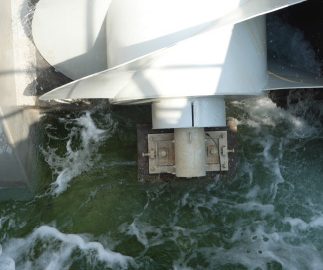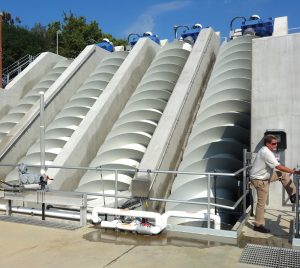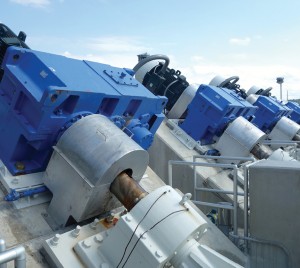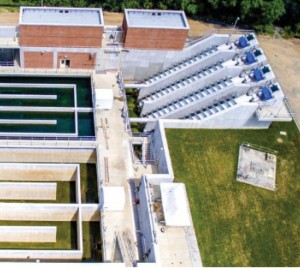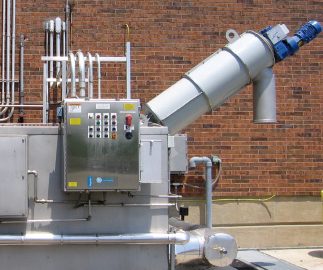
A treatment plant frequently can easily add a septage receiving station to create a valuable source of revenue while also providing a needed service to the community and surrounding businesses. A wide range of features are available, but it all starts with a well-designed receiving system, built to handle a variety of hauled waste. The Lakeside Raptor® Septage Acceptance Plant and Raptor® Septage Complete Plant leads the industry for liquid hauled waste receiving systems and can be tailored for your unique needs.
Six Potential Sources of Materials
- Septage waste, generally consistent and predictable in character.
- Grease trap waste, typically high in oils and grease from restaurants.
- Waste activated sludge from other treatment works.
- Industrial waste, highly variable from one industry to another; these wastes must be tested for toxicity in the process and most likely require pretreatment.
- Landfill leachate, potentially toxic often requiring additional testing and pretreatment.
- Portable restroom waste, typically high in ammonia and total nitrogen, and often containing bottles and other large objects.
John Olson, P.E., a regional sales manager with Lakeside Equipment Corporation, described the essential features of septage acceptance stations. “The septage acceptance plant requires a heavy-duty design,” Olson said. “It should be fully automated so haulers can come in, swipe a card, and discharge their load. The decision to accept any hauled material becomes the plant operators’ responsibility. Therefore, the basic design should be customized to their needs.”
For more details on how to leverage your treatment plant to generate revenue for your organization and help to defray maintenance costs, provide needed upgrades and meet compliance requirements, check out the attached article or contact us
Read PDF
